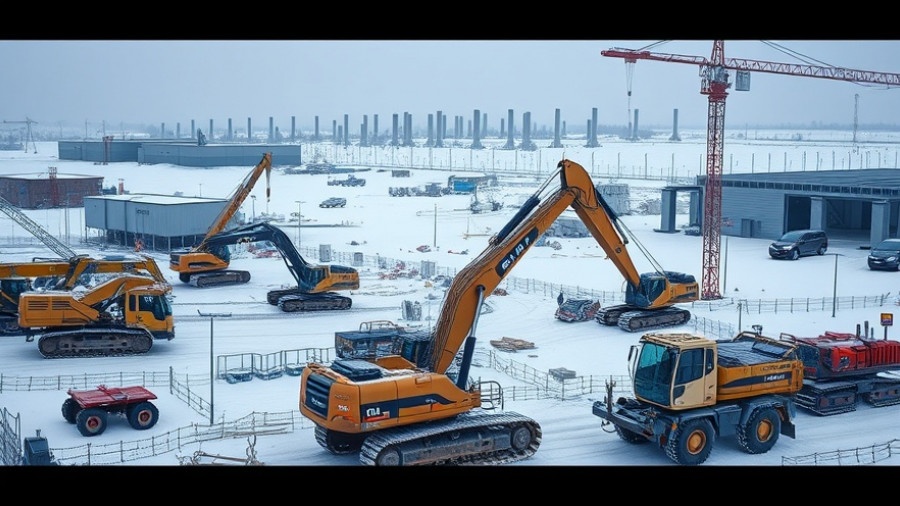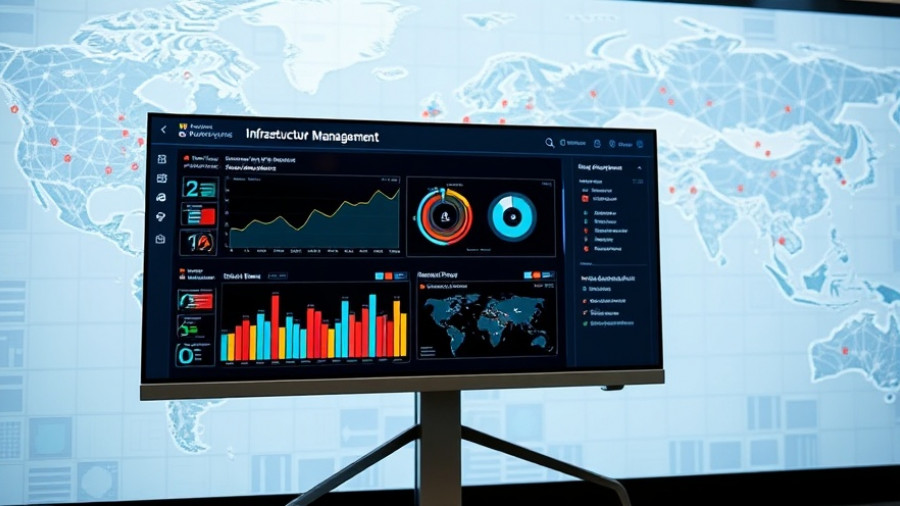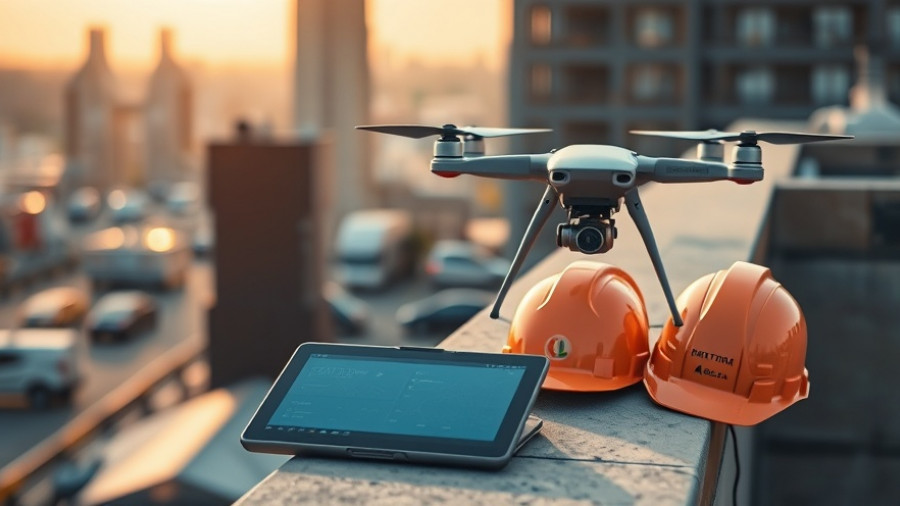
The Commercial Construction Landscape in 2025
The recent ServiceTitan survey unveils an intriguing paradox within the commercial contracting industry: while 66% of contractors are reporting steady or rising revenues, the air is thick with challenges. Labor shortages are rampant, with 52% of contractors citing this as a key issue, and 45% identifying the rising costs of labor and materials as significant hurdles. This duality where optimism coincides with deep-seated operational pressures encapsulates the complexities businesses face today.
The Power of Technology in Overcoming Barriers
In response to these challenges, nearly half of contractors intend to invest in technology upgrades to help streamline their operations. An impressive 37% plan to use data analytics, while 41% are focusing on enhancing employee training. These tech investments reflect an understanding that innovation is not just a luxury; it's a necessity to thrive in a competitive landscape and ensure client satisfaction. As contractors embrace tools that improve customer engagement and operational efficiency, the potential for impactful growth becomes apparent.
The Role of Preventive Maintenance Agreements
Preventive Maintenance Agreements (PMAs) emerge as a pivotal strategy for revenue generation, with 63% of contractors indicating that over half of their clients are under such agreements. By capitalizing on PMAs, contractors are not only fostering long-term client relationships but are also uncovering opportunities for supplementary revenue. This strategic pivot towards recurring revenue models showcases how essential value-added services can enhance profitability.
The Expectations vs. Reality of AI in Construction
Despite only 7% of contractors reporting a significant impact from artificial intelligence at this point, the sentiment around its emerging potential remains optimistic. With 39% of respondents acknowledging that AI could fundamentally enhance scheduling, predictive maintenance, and estimating processes, the industry stands at a precipice of transformation. However, as Raffi Elchemmas suggests, while the investments in AI have growth potential, they also highlight the pressing need for systematic execution to truly harness these technologies effectively.
Conclusion: Execution Is Key to Sustainable Growth
In conclusion, as the commercial contracting industry navigates through labor shortages, rising costs, and a competitive landscape, success hinges not just on solid revenue streams but also on the meticulous execution of strategies. The interplay of technology, customer engagement, and innovative business models will undoubtedly determine which contractors will thrive in the forthcoming years. Establishing relationships built on trust and performance will be equally essential, making it imperative for contractors to maintain a proactive approach in their operations and adapt to evolving market demands.
 Add Row
Add Row  Add
Add 




Write A Comment